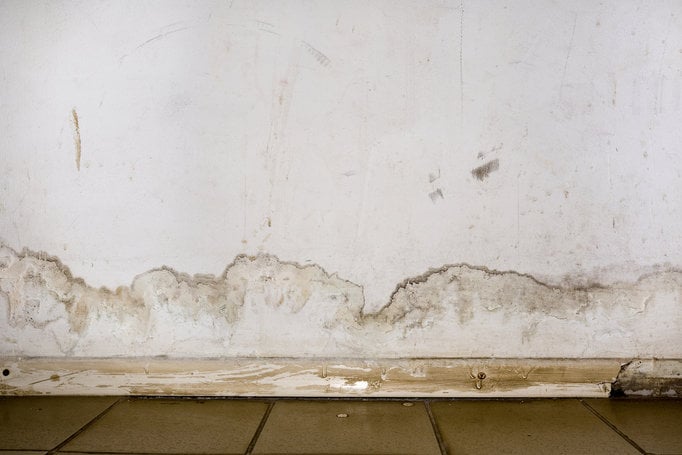
When the environment inside a home or other structure becomes compromised because of extreme weather, poor building techniques, occupant behavior, or other circumstances, owners must often decide between remediation, abandonment, or demolition. Although sometimes costly, household and commercial remediation offers the benefit of maintaining an investment for future ongoing use.
Depending on the type of remediation needed, the crew might face certain challenges.
1. Protecting Personnel from Pathogens and Diseases
Water damage remediation and cleanup after a disease outbreak both come with the risk of exposure to bacteria, viruses, mold, and other pathogens. Similarly, at crime scenes, bloodborne pathogens must be handled appropriately to avoid the spread of disease.
Ensuring that crews have the appropriate personal protective equipment (PPE), are trained in its proper use, and are required to wear it during cleanup will help prevent personnel from work-related adverse health effects. Using products that effectively kill pathogens on multiple types of surfaces will also help reduce potential exposure to these harmful materials.
2. Protecting Personnel from Exposure to Hazardous Chemicals
Tear gas at a riot scene, meth labs in homes or hotels, and industrial spills all require remediation to eliminate the hazardous chemicals present on surfaces. Knowing which chemicals are potentially present will help you determine what type of PPE is most appropriate to protect crews from touching or breathing them in.
Hazardous chemicals could also be found in the products being used for remediation. For example, when formaldehyde is used as a disinfectant to remove bacteria and fungi, proper precautions must be taken to limit exposure to the remediation chemicals and the pathogens being treated.
3. Decontaminating Both Large Areas and Hidden Surfaces
In a home or other building, you might encounter a range of surface types and materials, including:
-
- Walls and ceilings
- Carpet, upholstery, and other fabrics
- Metal, wood, or concrete
- Ridged or uneven surfaces
- Hidden spaces behind walls or equipment
One of the challenges of addressing spaces with multiple material and surface types is finding a product that can effectively reach and treat all of them without causing damage. Additionally, some remediation chemicals require mechanical scrubbing to effectively remove contaminants. This presents challenges in large commercial spaces and requires a lot of manpower, which quickly increases the cost.
4. Penetrating Walls to Reach Areas Behind Them
Chinese drywall that releases sulfur has been a significant problem in the wake of Hurricane Katrina. In addition to negative health effects, the sulfur is also corrosive to wiring and pipes, potentially creating other hazards and requiring replacement of these building elements. Effectively removing it requires treating every square inch of the drywall and thoroughly soaking it to penetrate through all of the material.
Mold remediation costs can also escalate when sections of walls must be removed to access the areas behind them. Those sections must be replaced, adding to the overall cost of remediation and requiring additional work to return the space to a useful state.
5. Working in Areas with Limited Access
Crawl spaces, attics, and other small spaces that are not easy to access are difficult to remediate because it’s not always easy to visually check whether every surface has been treated. Decontaminating a building after a fire also creates unique challenges when there is structural damage that prevents crews from accessing certain areas. Having both the right equipment and the right products is essential for ensuring that all affected areas are treated, no matter how difficult they are to reach.
How D7 Helps Overcome These Challenges
Whether dealing with Chinese drywall, water damage remediation, or hazardous chemicals, D7 can help overcome the many challenges that crews face. The product is safe to apply and requires minimum PPE, so crews can focus on protecting themselves from the work area and not from remediation chemicals.
Because D7 can be applied as a clinging, expandable foam, it’s easy to see which areas have been treated and which have not. The foam stays on surfaces for the minimum recommended contact time and does not require mechanical scrubbing to be effective, ultimately saving time on site.
D7 helps keep mold remediation costs down by limiting the number of people required and cutting down on the overall time required to do the job. The expanding foam can be sprayed to cover both large surfaces and small spaces, including those behind walls. The product is also non-corrosive and can be used on a range of surfaces without causing damage.
For more information about how D7 can be used to treat spaces affected by mold, viruses, and hazardous chemicals, download The D7 Guide to Safer, More Efficient Household and Commercial Remediation.
